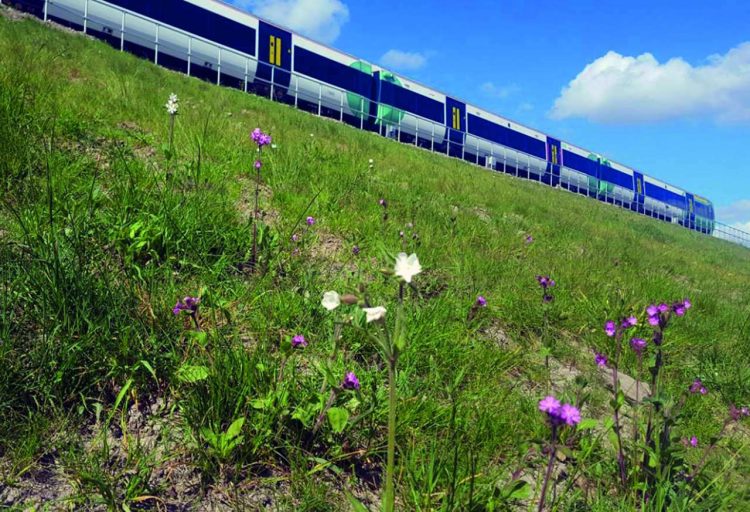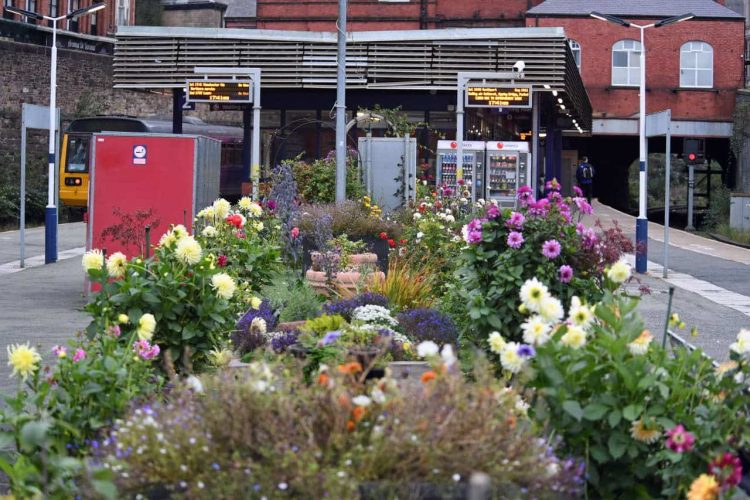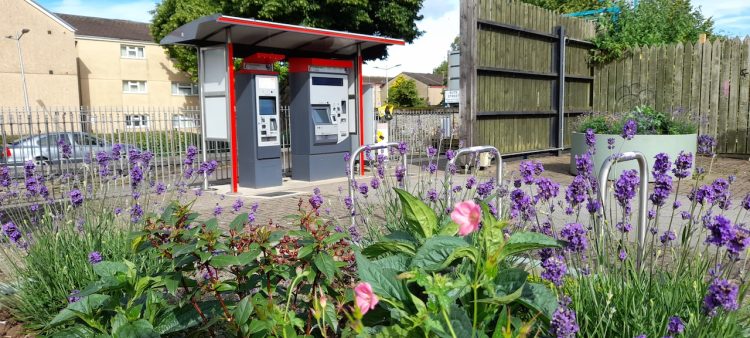The International Union of Railways (UIC) has issued new guidelines for the management of Europe’s railways that protect and enhance biodiversity.
The UIC is the professional association that represents the world’s railways, and its European region consists of 118 member companies from 39 countries that between them amount to 350,000 kilometres of rail network.

Developing the guidelines alongside the association was the UK Centre for Ecology & Hydrology (UKCEH). It provided the technical recommendations and key design features that will incorporate and enhance habitats within both existing European networks and new line upgrades and included examples of best practice.
In producing the guides, the authors used a widely-adopted mitigation hierarchy approach that encourages developers where possible to protect existing habitats and ecosystems.

The guidelines, titled Managing Railway Assets for Biodiversity, were drawn up as part of the REVERSE project which comprises more than 20 European rail companies including Network Rail and SNCF, as well as the Worldwide Fund for Nature (WWF).
UIC worked with its members and UKCEH on the REVERSE project to formulate a collective vision that will protect and enhance biodiversity across the European rail network. That has now been included in the European Railways: Strategy and Action Guide to ensure that alongside safety, performance, and sustainability, the management of biodiversity becomes embedded in every level of the railway business.

A number of UIC meetings and online events will now be held that promote the guidelines to encourage member companies to adopt them.
Network Rail worked with UKCEH in 2021 when it drew up its Biodiversity Action Plan for managing lineside habitat throughout the UK. This used high-resolution imagery from satellites and aircraft to produce a detailed map of all habitats alongside the rail network throughout the country.
In recent months, Network Rail has helped Glasgow community groups improve biodiversity, and a historic London marshalling yard has been revived with improved biodiversity.
Professor Richard Pywell, Head of Biodiversity at UKCEH and one of the lead authors of the report, said: “We worked closely with railway companies across Europe to distil the best available knowledge on managing railway assets to benefit nature. For each asset, we considered the most effective measures to protect and restore biodiversity, and how to monitor the outcomes of these interventions.”
Independent consultant Professor Jeff Ollerton, who was also one of the report’s authors, added: “Working with UIC on this project has revealed just how important the land managed by Europe’s railway companies is for nature. The next step is to better understand how nature supports Europe’s economy, and the health and wellbeing of its people.”





Responses